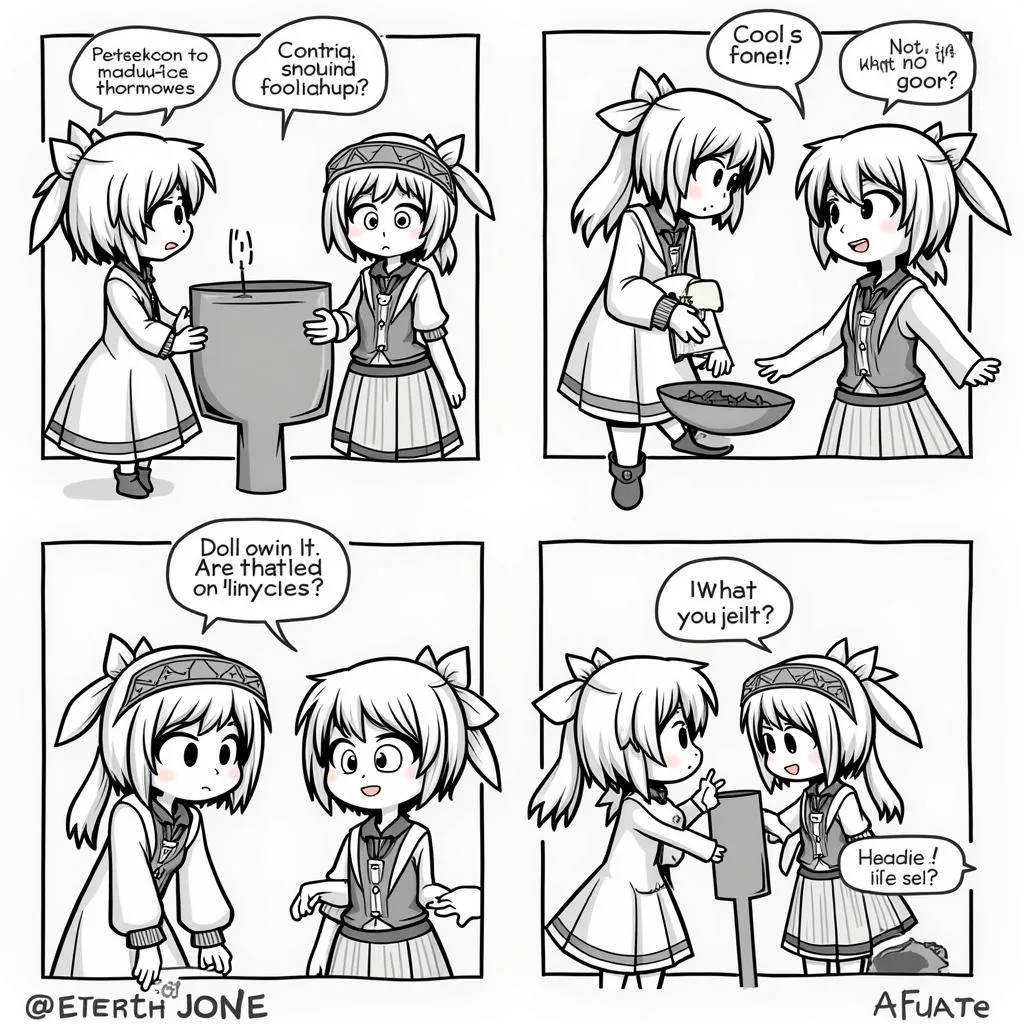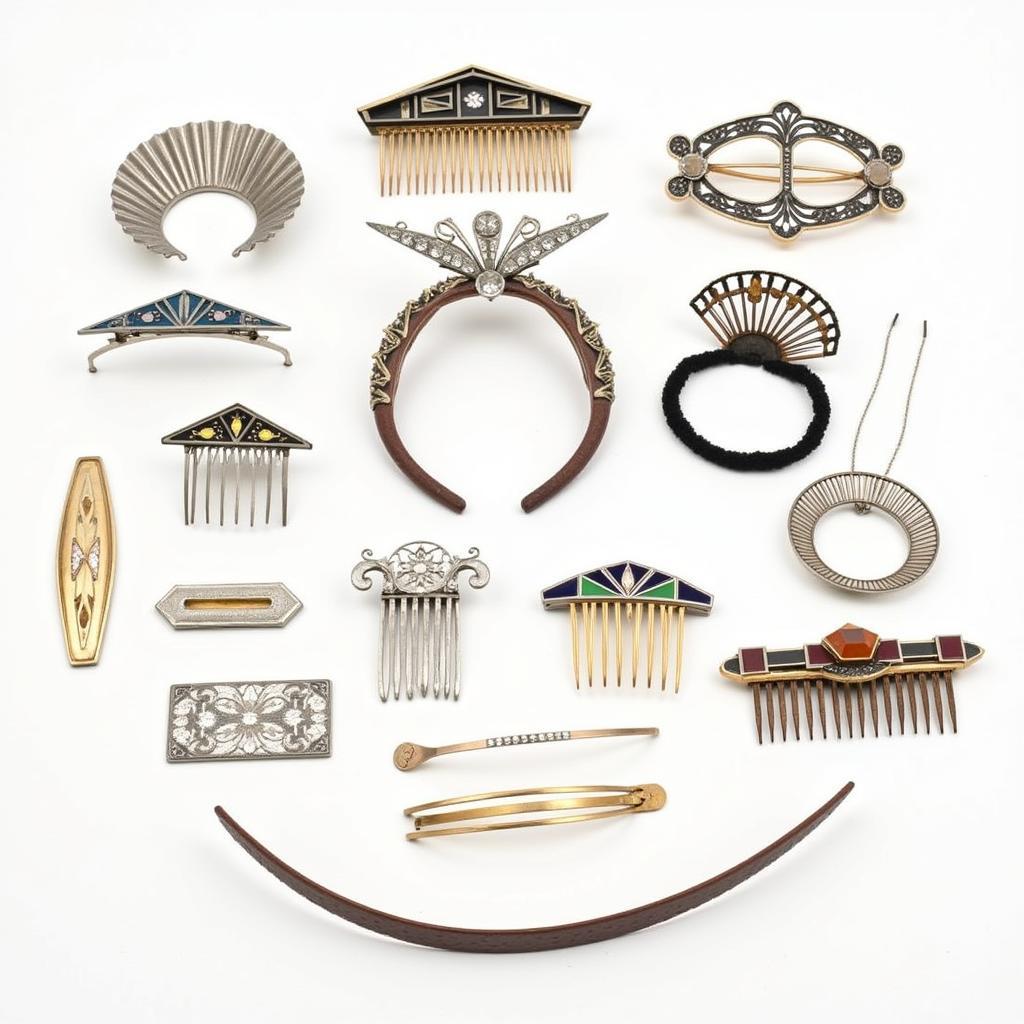Four Panel Art: A Visual Journey of Storytelling
Four Panel Art, a unique and engaging visual storytelling format, has taken the creative world by storm. This innovative style, often associated with graphic novels and comic strips, offers artists a dynamic platform to express their narratives, ideas, and emotions.
What is Four Panel Art?
Four panel art is a visual storytelling technique that uses four separate panels to depict a sequence of events, emotions, or thoughts. Each panel represents a distinct moment in the narrative, contributing to the overall flow of the story. This format allows for a concise and impactful presentation of ideas, making it particularly effective for conveying complex narratives or intricate details.
The Power of Four Panels
Four panel art offers a unique set of advantages that make it a popular choice for artists and audiences alike:
- Conciseness: The four-panel structure encourages artists to be concise in their storytelling, focusing on the most essential elements of the narrative.
- Visual Impact: The use of multiple panels allows artists to create dynamic visuals, utilizing techniques like perspective shifts, dramatic angles, and contrasting colors to enhance the narrative’s impact.
- Accessibility: Four panel art’s simplicity makes it accessible to a wide audience, regardless of their level of artistic literacy.
- Versatility: The format can be adapted to various themes, styles, and mediums, ranging from traditional drawing and painting to digital art and animation.
Breaking Down the Panels
Each panel in a four-panel art piece plays a crucial role in shaping the narrative:
- Panel 1: Introduction: Sets the scene, introduces the characters, and establishes the initial context of the story.
- Panel 2: Development: Builds on the introduction, showcasing the progression of events or the development of the characters’ thoughts or emotions.
- Panel 3: Climax: The turning point of the story, often filled with tension, conflict, or a significant moment of revelation.
- Panel 4: Resolution: The final panel concludes the story, resolving the conflict, showcasing the characters’ actions, or providing a final reflection on the narrative’s themes.
Four Panel Art: A Beginner’s Guide
Creating compelling four panel art requires a strong understanding of visual storytelling principles and an ability to convey emotions and ideas effectively. Here’s a step-by-step guide for aspiring four panel artists:
- Develop a Concept: Start by brainstorming ideas for your narrative. What story do you want to tell? What themes or emotions do you want to explore?
- Sketch and Plan: Create rough sketches of your panels, ensuring they are clear and visually engaging. Use a storyboard to plan the sequence of events and the visual flow of your narrative.
- Choose a Style: Decide on the visual style that best suits your story. This could be realistic, cartoonish, abstract, or any other artistic approach that resonates with your concept.
- Incorporate Visual Elements: Utilize visual elements like lines, shapes, colors, and perspectives to enhance the storytelling. For example, contrasting colors can be used to depict opposing forces or emotions.
- Finalize the Panels: Refine your sketches and add details, ensuring that each panel contributes to the overall coherence and impact of the story.
Examples of Four Panel Art
Four panel art has been utilized across various mediums, from graphic novels and comic strips to social media and even advertisement.
- Graphic Novels: “Maus” by Art Spiegelman is a powerful example of four panel art used to tell a complex and emotionally resonant story about the Holocaust.
- Social Media: Four panel comics are popular on platforms like Instagram and Twitter, offering a quick and engaging way to share stories, humor, and personal experiences.
“Four Panel Art: A Visual Journey of Storytelling”
 The concept of four panel art
The concept of four panel art
Four Panel Art: Beyond the Basics
As your skills develop, you can explore more advanced techniques within four panel art:
- Perspective Shifts: Shifting the perspective between panels can add dynamism and create a sense of depth and movement.
- Color Contrast: Strategic use of colors can amplify emotions, create tension, or highlight key elements of the story.
- Symbolism: Incorporate symbolic elements within your panels to add layers of meaning and depth to your narrative.
- Panel Layout: Experiment with different panel layouts, such as single-row, double-row, or irregular layouts, to create visual interest and enhance the storytelling.
FAQ
Q: What are the key elements of a good four panel art piece?
A: A good four panel art piece should have a clear narrative, compelling visuals, and a strong emotional impact. It should be concise, engaging, and memorable.
Q: What are some common mistakes to avoid when creating four panel art?
A: Avoid over-cluttering your panels with too much information, using too many words, or relying on generic imagery. Ensure that each panel contributes to the overall story and has a clear purpose.
Q: What resources are available for learning more about four panel art?
A: You can find countless resources online, including tutorials, workshops, and communities dedicated to four panel art. Explore online platforms, such as YouTube, Skillshare, and online forums.
Q: How can I develop my skills as a four panel artist?
A: Practice regularly, study the works of other four panel artists, and experiment with different techniques and styles. Attend workshops or online courses to enhance your skills and learn from experienced artists.
Q: Can I use four panel art for professional projects?
A: Absolutely! Four panel art can be used for various professional projects, such as graphic novels, children’s books, illustrations, and even marketing materials.
Conclusion
Four panel art is a powerful and versatile tool for visual storytelling, offering a unique and engaging way to express ideas, emotions, and narratives. Whether you are a seasoned artist or just starting, the world of four panel art is waiting to be explored. Experiment, create, and let your imagination run wild!




